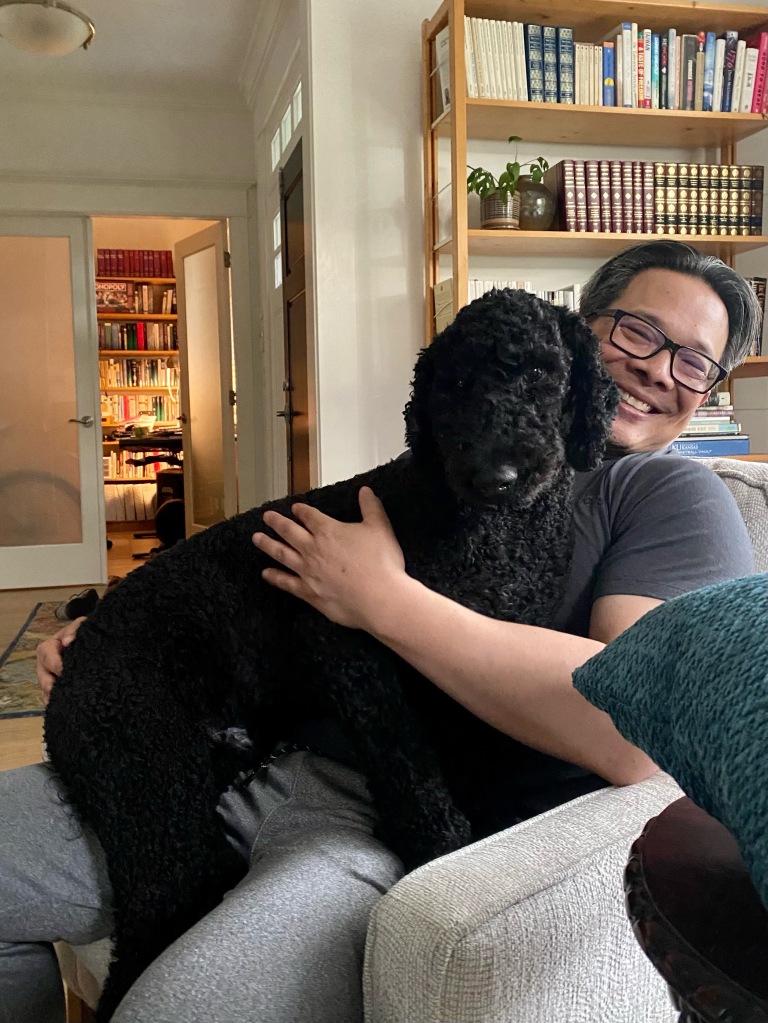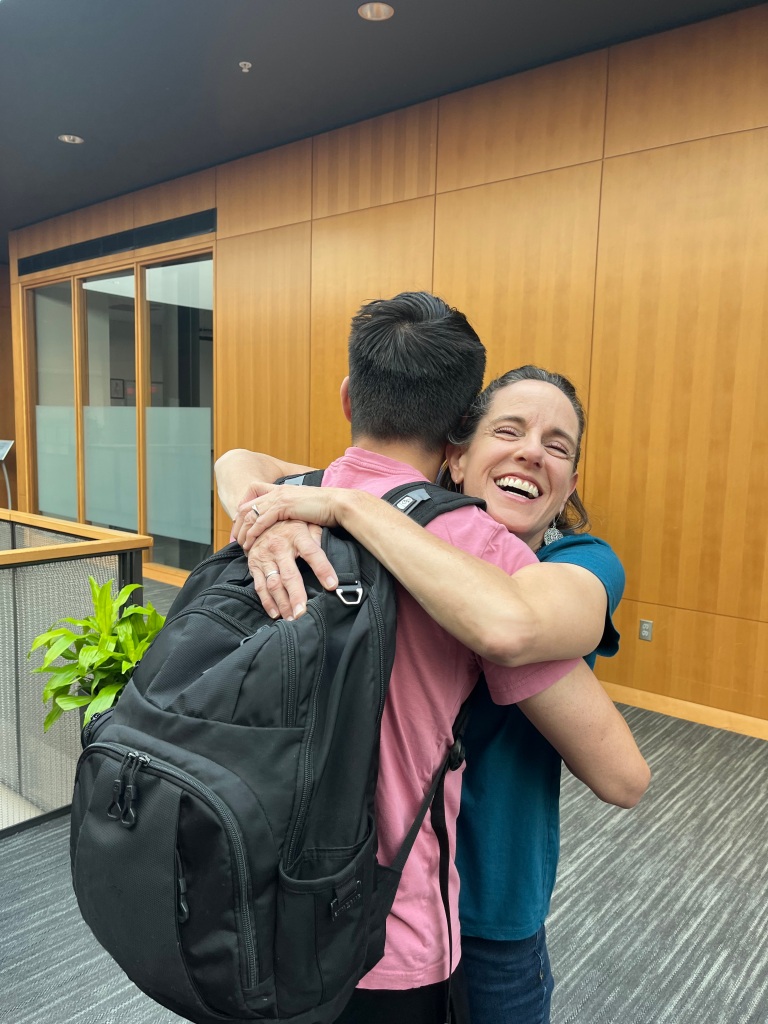
“The Europe of the future cannot exist without commemorating all those, regardless of their nationality, who were killed at that time with complete contempt and hate, who were tortured to death, starved, gassed, incinerated and hanged.” -Andrzej Szczypiorski, Prisoner of the Sachsenhausen Concentration Camp
Early on in our trip, Greg, Chad and I took a train for about an hour outside of Berlin to the location of the Sachsenhausen Concentration Camp where a remarkable memorial is established. Because all of our travel was either by bus, train or tram and we did a fair amount of walking, it was an eerie feeling to get off the train and then walk another couple of kilometres or so through neighbourhoods that could just as easily be situated in our part of the world here in North America, to recognize that the horrors of what happened in this concentration camp, were also surrounded by neighbourhoods with German lives carrying on with regular routines, children going to school, community activities carrying on, etc.
When we arrived at Sachsenhausen, we spent the day walking through the camp learning and commemorating. I didn’t feel right about taking too many pictures, but I did take a few. The following two show how splendid a day it was; Greg, Chad and I were struck by how the beauty of God’s creation could be the backdrop of so many human terrors and atrocities.

What you are looking at in the picture above is two barracks where the prisoners lived under inhumane conditions. If you look closely, you see “rectangle shapes” with rocks filling in those shapes. Those were previous locations of other barracks as well. So most of the barracks were torn down with a few remaining upright, for the sake of remembrance and education. Again, we were struck by the beauty of the day with the sun shining brightly with warmth on our faces, while considering how much human suffering went on in this very spot. Below is another picture that shows the brightness of the sun that day on the property. I will have to check back with Greg and Chad, but I believe what we are looking at in the picture below is the building where food was prepared and where rations became scarce as the war continued on. A prisoner could be executed for simply trying to “steal” a scrap of bread crust, while preparing the food.

In addition to the barracks, we were able to also walk through medical clinics (where executions and experimental trials were run on prisoners), actual cell blocks for incarcerations as well as the location where the crematorium was located. We were given a recorder that documented the events that transpired on certain parts of the property. Below is a copy of a map of a part of the property:

If you look closely, you can see numbers on the map. So we would press a number on our recorder and a narration would transpire regarding the particular location. When we left the property after having spent five hours or so on it, we noticed an inscription on the gate leading into Sachsenhausen, “Arbeit Macht Frei.”

Tony Lee sent me a picture of the gates of Auschwitz where he had travelled some years ago, with the same phrase “Arbeit Macht Frei” meaning, “Work Sets You Free.” I couldn’t help but think of the Biblical story and the distinction between life-giving work (Gen 2:12, our first parents being set in the Garden to make it beautiful in joy) and inhumane work (the Israelites being on quota as slaves in Egypt to build bricks without straw). And how the human heart and evils machinations of men can so easily turn the beauty of the good and of God’s intentions for His beloved creatures, into something terrible and unimaginable. Another interesting part of the Sachsenhausen story is after Hitler lost the war, the Russians took over the camp for five years and many of the perpetrators of unspeakable human crimes and abuses (the Nazi soldiers) became the victims of such abuse at the hands of the Russians. One might say this is some form of human justice, but from the lens of the Biblical story, simply reminds us that all men are sinners and fall short of the glory of God (Romans 3:23) and subsequently are in desperate need of a Saviour.
May we never forget and may we always remember the promises of God of His goodness to all who turn to His Son in faith and in turn pray for His return to come and make all things new (Revelation 21:5).


Leave a comment